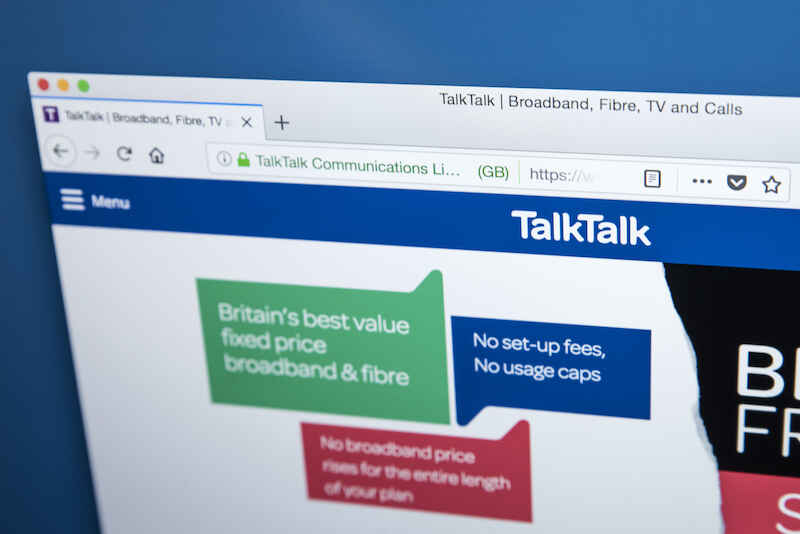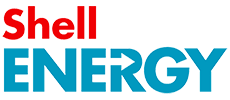Home hydropower: What is it and how can it help you?

Share this guide:
Last updated: 02 July 2021
Save money on your energy bills
Enter your postcode below to get started
What is home hydropower and how does it work?
Hydropower uses the motion of running water to generate electricity. This can be anything from a large dam or reservoir, to a river or stream, as long as there is running water you can generate power. The water running through a hydropower system turns a turbine which is attached to a generator which then produces energy. The amount of energy being produced will depend on the strength of the water running through it and the efficiency of the system itself.
Home hydropower is simply the use of hydropower for the home. Depending on where the hydropower is coming from it could be used to power a small business, or even a whole community.
There are three main types of hydropower systems:
- Storage system – the most common form and what many people would most associate hydropower with. Dams or reservoirs are used to store large amounts of water, which can then be let through the system in a controlled manner.
- ‘Run of river’ system – another common form of hydropower system where you simply use the flow of a river to power the system. Usually the river will be redirected through the hydropower system and then back into the river, so the main flow of the river is unchanged.
- Pumped system – a circular system that pumps stored water back up to a higher point before running it back through the turbine.
Can I get hydropower for my home?
Whether you are able to get hydropower for your home depends entirely upon where it is located. Even if your home is located near to running water is may still be unlikely that you’ll have hydropower access. If you live in a built-up, urban area for example, it is unlikely that you will be eligible for hydropower.
If you think you may be eligible and have running water near to or running through your property, then you should contact a certified hydropower installer to look at your site. Whether hydropower is suitable or not will depend on your location, your access to the water source, the flow of the river (how much water flows through the river per second), and the head of the river (how steeply the river flows). You must also consider the year-long flow of the water. For example, if the river on your property dries up over summer then it won’t produce any energy and you will need a back-up power source.
Microhydropower systems can generate up to 100-kW of electricity, but even a 10-kW system should be able to power a large home.
If you have a good hydro resource near your community then community energy projects can often be a great way of powering the whole community. Rather than supplying one home, you could supply a whole village at a cheaper rate thanks to economies of scale.
How much does hydropower cost?
The cost of installing a hydropower system will depend entirely upon the location, size and type of system. However, the cost will likely be significant, as a small 5-kW system to power one household usually costs around £25,000 to install. Once installed, the system will cost very little in upkeep and maintenance and has a lifetime of around 50 years. You will also not have to think about your electricity costs for that entire time!
As mentioned before, community energy projects can make these installation costs easier to bare and, after installation, help provide free, renewable energy to the entire community.
Advantages and disadvantages of home hydropower
Benefits of home hydropower:
- Green energy for your home – helping reduce your carbon footprint.
- A cheaper option for off-grid homes – if you live remotely and don’t have access to the National Grid or have problems with its reliability, then a hydropower system could provide a reliable alternative for isolated homes.
- Save money on heating and hot water – a hydropower system will often generate more electricity than you actually need. You can use this excess energy to heat your home and hot water.
- Maintenance free – the system may occasionally require some maintenance, but it has a life expectancy of 50 years, so if you’re not planning on moving it provides a great energy plan.
Negatives of home hydropower:
- High installation costs – many homes cannot afford the high installation costs of a hydropower system.
- Ineligibility – many UK homes will not be suitable for hydropower due to their location or lack of access to a suitable water resource.
- Weather affected – before installation the water resources seasonal change should have been calculated, but freak weather events such as drought or high floods could affect the hydro resource.
We are an independent and impartial price comparison website.
Our services are 100% free to use.
usave.co.uk is supported by its users. When you make a purchase through links on our site, we may earn an affiliate commission.
Don't miss these
-
-
How to Pay Your Energy BillsTariffs and Bills
-
-
Read on our blog

With the government poised to implement tough new measures to...

Budget broadband provider TalkTalk has been notifying customers via email...

A year-long investigation by charity Citizens Advice has revealed a...

Education Secretary Nadhim Zahawi has announced a new commitment to...






